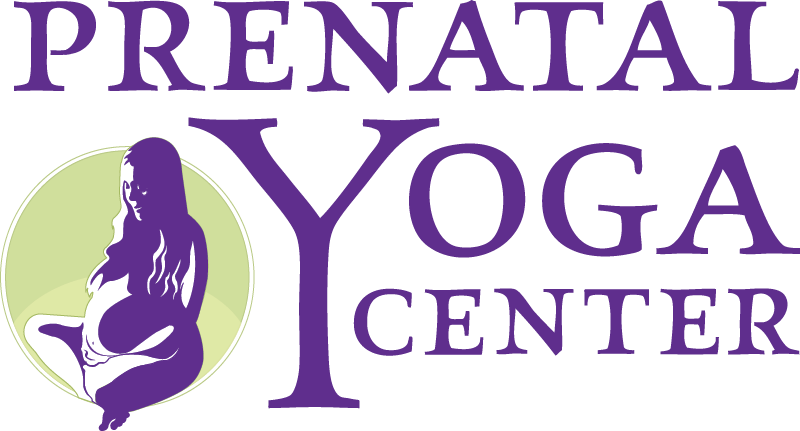The Pelvis is just not a set entity. There are joints which permit for the pelvis to switch its form. In doing so, this enables for more room for child throughout labor in addition to serving to the pelvic ground to elongate so as to yield and assist the infant throughout beginning.
Navigation
Understanding Pelvic Motion
The pelvis is split into 3 ranges: the inlet, mid-pelvis and the outlet. Every stage has the flexibility to widen and shut based mostly on the place of the legs and motion of the pelvis. For instance, when the legs are externally rotated, which means, the legs and toes are turned out like a ballerina, the highest of the pelvis, inlet, widens backward and forward. When the legs are turned in, the underside of the pelvis, the outlet, is wider backward and forward.
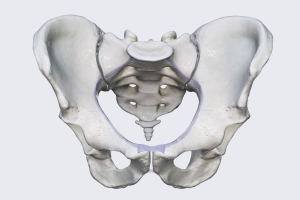
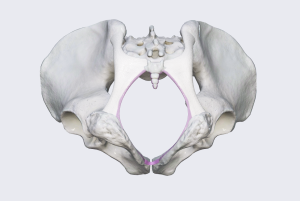
What does it imply to “open the pelvis”?
Whereas most yoga practitioners consider “hip opening poses” as simply large exterior rotation positions, there are literally 6 actions of the hips. It’s necessary to make the most of all 6 actions to take care of a wholesome, balanced pelvis. Relating to methods to open the pelvis, we’re going to concentrate on 4 of those actions and the way every place impacts the form and house of the pelvis in another way.

Exterior rotation: Legs are turned out. Opens the pelvic inlet backward and forward
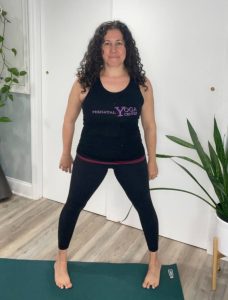
Inner rotation: Legs are turned in. Opens the outlet backward and forward
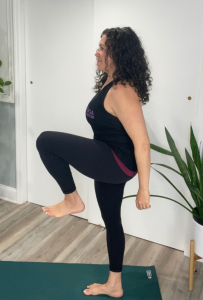
Flexion: The leg is shifting in the direction of the torso. When the legs are above 90 levels, the sacrum strikes into nutation and the pelvic outlet widens from entrance to again.

Extension: The leg strikes away from the entrance airplane of the torso. This motion opens the pelvic inlet from entrance to again.
Sacral Motion and Pelvic Opening
We even have the place of the pelvis to contemplate! Let’s get slightly geeky and dive into a number of the nuances of the pelvis and its actions.
The pelvis is made up of three essential elements:
- Left and Proper Innominate Bones (Hip Bones): These meet within the entrance on the pubis symphysis, a joint manufactured from cartilage.
- Sacrum: The triangular bone on the base of the backbone. It connects to the hip bones on the sacroiliac joints (SI joints).
- Coccyx (Tailbone): Situated on the very finish of the backbone.
The SI joints enable the sacrum and tailbone to maneuver independently of the hip bones. This motion is important for opening the completely different ranges of the pelvis throughout labor. Consider the sacrum like a entice door that may open to create further house for the infant.
Nutation and Counternutation

The sacrum can tilt in two instructions:
- Nutation: The highest of the sacrum suggestions inward, towards the pelvic inlet. This widens the pelvic outlet from entrance to again because the tailbone shifts backward.
- Counternutation: The highest of the sacrum suggestions backward, away from the pelvic inlet. This widens the pelvic inlet from entrance to again because the tailbone swings ahead.
These actions are most noticeable once we take a look at the general positioning of the pelvis:
- Anterior Pelvic Tilt (APT): The pelvis tilts ahead, and the sacrum strikes into nutation, opening the pelvic outlet.
-
Posterior Pelvic Tilt (PPT) : The pelvis tilts backward, and the sacrum strikes into counternutation, opening the pelvic inlet.
Why Pelvic Opening Issues for Labor and Beginning
As I discussed earlier than, the pelvic bones shifting could make house for child throughout labor and beginning. Infants don’t have a straight shot out. They take just a few turns as they maneuver the pelvis.
Early Labor – Getting into the Pelvis
The widest a part of a child who’s within the cephalic place is the infant’s head from entrance to again. In most pregnant our bodies, the pelvic inlet is widest backward and forward. This is the reason most infants enter the pelvis from the aspect throughout early labor.
Energetic Labor – Rotating on the Mid-Pelvis
As labor begins to show the nook into lively labor, round 5-6cm, the infant additionally turns 90 levels on the ischial spines on the mid-pelvis. That is the place the pelvic ground begins and the infant now has its head entrance to again within the pelvis.
Remaining Stage – Exiting the Pelvis
Labor forges ahead and the infant strikes beneath the pubic bone and into the pelvic outlet. As soon as the pinnacle is out, the widest a part of the infant is now the shoulders, so the infant swings again round to have its again to the aspect, so the vast shoulders can come by means of the pelvic outlet.
Creating Area for a Smoother Beginning
Inlet
Focus: Exterior rotation of the legs, counternutation of the pelvis and leg extension.
Listed here are some positions that encourage exterior rotation, counternutation, and leg extension to assist open the pelvic inlet.
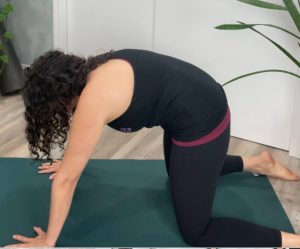
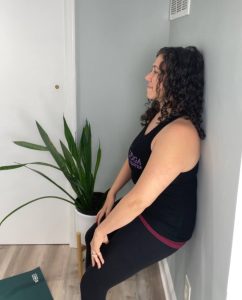
- Rocking forwards and backwards or circling hip on a ball
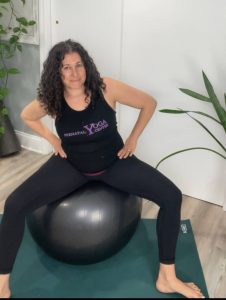
- Baddha Konasana (Seated Butterfly Place)
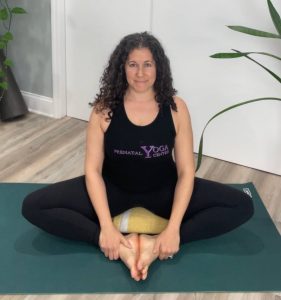
- Standing legs turned out whereas winging the hips backward and forward
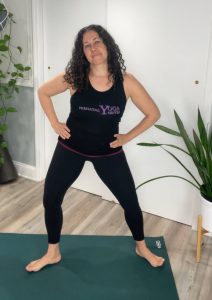
- In mattress with a peanut ball or large pillow legs turned out
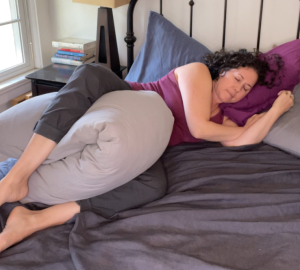
- “Flying cow lady” from Spinning Infants methodology
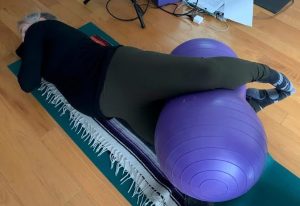
- Extensive knee however upright leaning on a ball or blocks
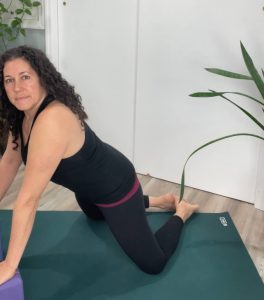
Mid pelvis
Focus: Asymmetrical positions of the legs (which means one leg is in a unique place than the opposite). This helps create house throughout the mid-pelvis, the place the infant must rotate.
Discover these asymmetrical positions to encourage opening and mobility within the mid-pelvis:
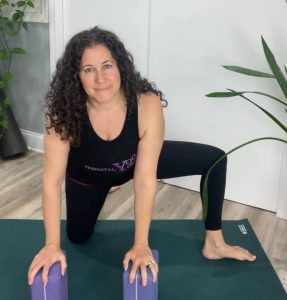
- Strolling stairs
- Foot on a stool
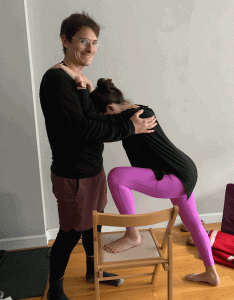
- One leg on a yoga block on all 4’s
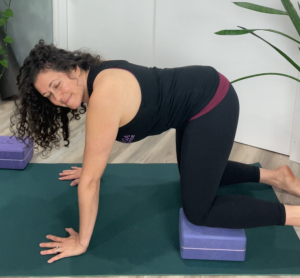
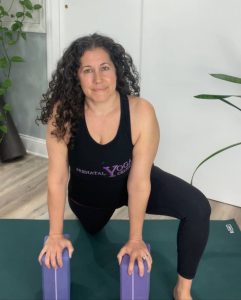
- Facet mendacity with a peanut ball or large pillow
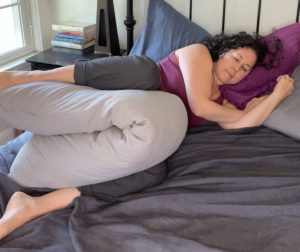
- Sitting with one leg on a peanut ball or pillow. This pose really opens the mid pelvis and the inlet. Additionally it is nice for serving to child rotation!
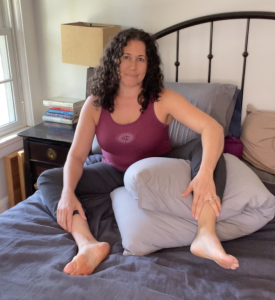
- One leg in aspect lunge/squat and one in virasana, sitting on two or three blocks.
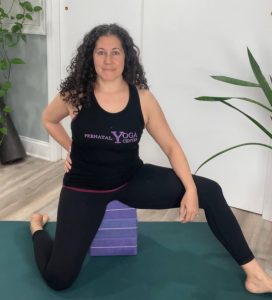
- Asymmetrical aspect mendacity with a peanut ball or large pillow
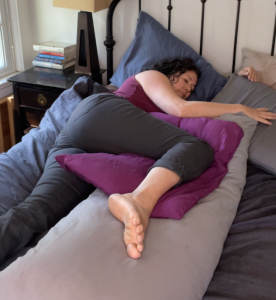
Outlet
Focus: Inner rotation of the legs, Anterior Pelvic Tilt (APT) and Leg flexion past 90 levels (like a squat)
These positions encourage inside rotation, an anterior pelvic tilt, and deep squats to assist open the pelvic outlet.
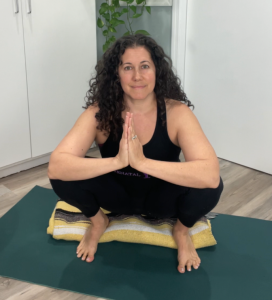
- Facet mendacity with inside rotation and a peanut ball or large pillow
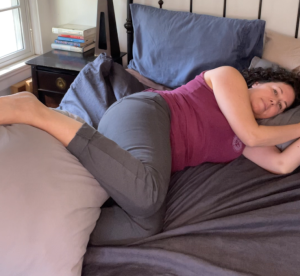
- Facet mendacity inside rotation
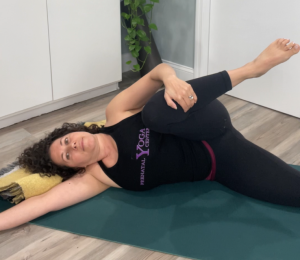
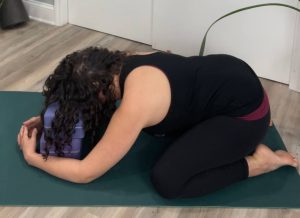
- Knee’s in, ft out whereas standing and on again.
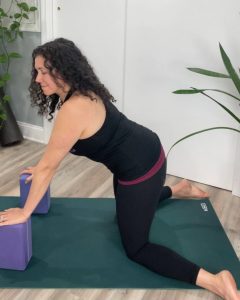

Whereas beginning is unpredictable, it’s empowering to have instruments that may aid you and your child and physique work collectively on this endeavor. Observe these completely different positions forward of time so they’re in your physique and you’re snug with them. Think about printing this out and tucking it in your hospital bag as a cheat sheet to remind you of positions you could wish to strive throughout labor.
FAQs
When ought to I begin doing these workouts?
You’ll be able to start incorporating these workouts into your routine as early as your first trimester, however at all times hearken to your physique and cease for those who expertise any ache or discomfort.
Can these poses assist with labor ache?
Whereas these workouts can not assure a pain-free labor, they will help put together your physique for a better path for child and the bodily calls for of childbirth, probably easing discomfort and selling a smoother labor.
What are the opposite advantages of those actions in addition to getting ready for labor?
These positions can even assist to enhance posture, scale back again ache, stability the pelvic ground muscle mass, enhance flexibility, and promote leisure and stress discount throughout being pregnant.


